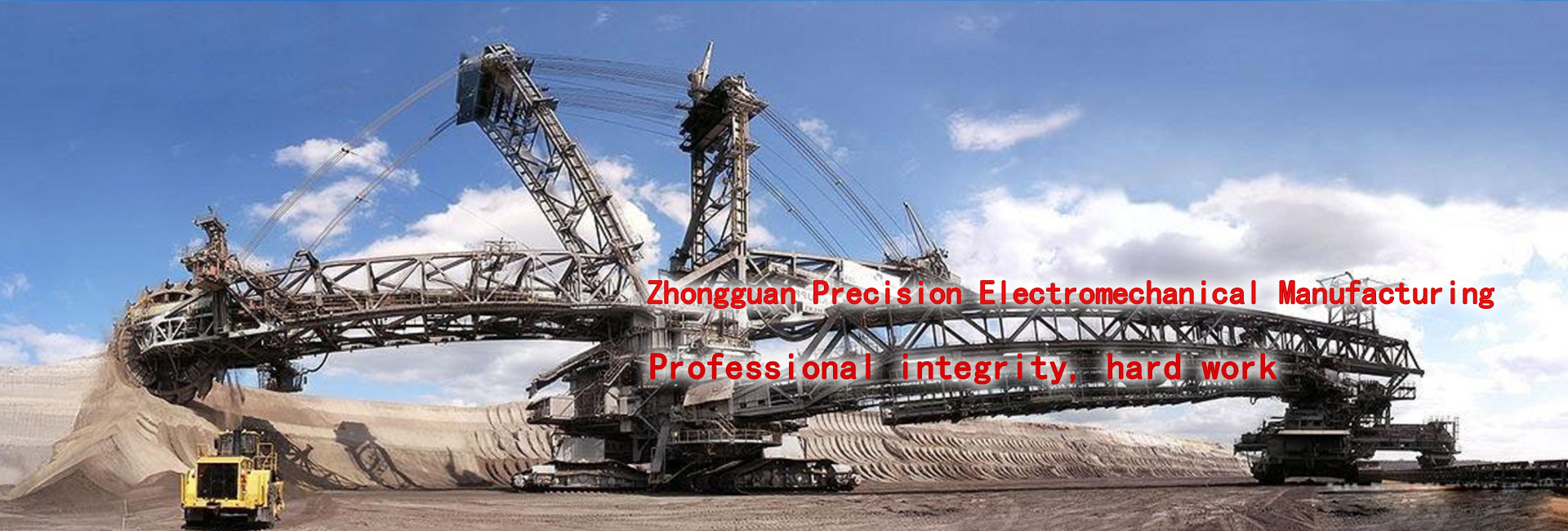The rotary resistance level switch series is a level switch for solid materials (including powder, granular, block, gel, etc.). It has good sealing performance, strong overload capability (with overload protection), light and easy to install, and large output contact capacity. The materials for different specific gravity can be realized by adjusting the tension of the spring, and the parts of the contact materials are all made of stainless steel. The rotary switch has been widely used in the chemical, plastic, cement, pharmaceutical, feed, food and other industries.
Small resistance rotary level switch
The small resistance rotary level switch is a small level switch with simple structure, convenient use, safety and reliability. Beautiful appearance and small size. Mainly used in small silo hoppers. Mainly used in factory automatic feeding systems or production lines.
Tuning fork level switch
The tuning fork level gauge series is a general-purpose level switch. The tuning fork is excited by the internal crystal excitation. When the tuning fork is covered by the solid material, the vibration frequency changes and is detected by the electronic circuit, thereby outputting a switch quantity for alarm or control purposes. It is widely used in petrochemical, metallurgy, light industry, building materials, environmental protection and other industries to achieve upper and lower limit alarm and control of material level.
Vibrating tuning fork level switch (2 photos)
Note on the use of the level switch:
1. Liquidity: The material has good fluidity and is not easy to produce dead ends and bridges.
2. Dead angle: When the material level is discharged, there may be material in the lower part of the side wall that is not discharged. This area is called dead angle. Avoid the material level switch when installing
Dead end position to avoid false positives.
3. Repose angle: continuous feeding makes the material piled into a cone, and the angle between the bus bar and the bottom surface of the cone is the angle of repose. Reflects the non-adhesive surface friction. The size of the angle of repose directly affects the mounting point of the level switch.
4. Bulk density: The mass per unit volume of material directly affects the sensitivity of the level switch.
5. Bridge: When the hopper is discharging, only the material at the discharge port is released, and the upper material does not move down to form a bridge. The bridge is very harmful to the discharge and level detection.
6. The effect of powder pressure.
7. Corrosive effects.
8. The effect of moisture content.
9. Static: It may cause false alarms in the electronic circuit.
10. Particle size: The material particles are too large to easily damage the measuring rod.
11. The impact of flammability or explosiveness.

